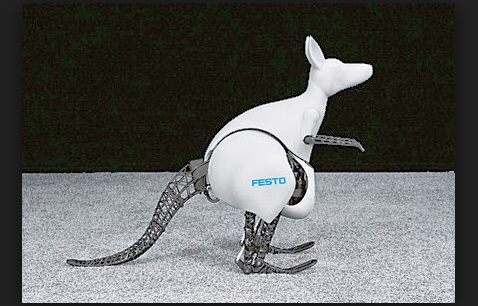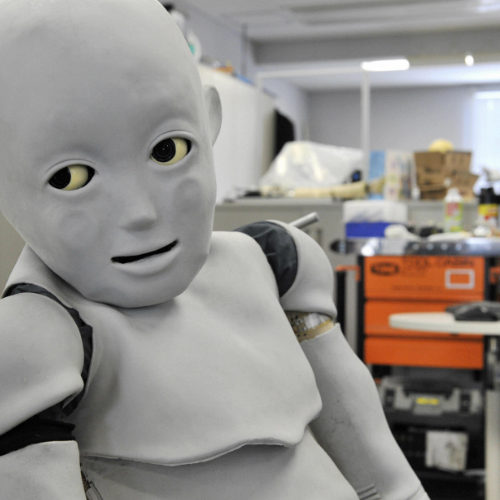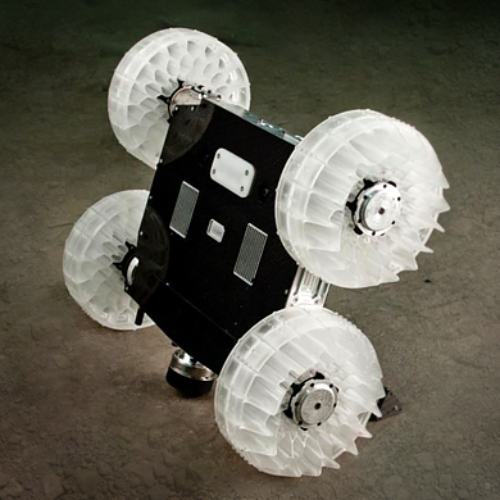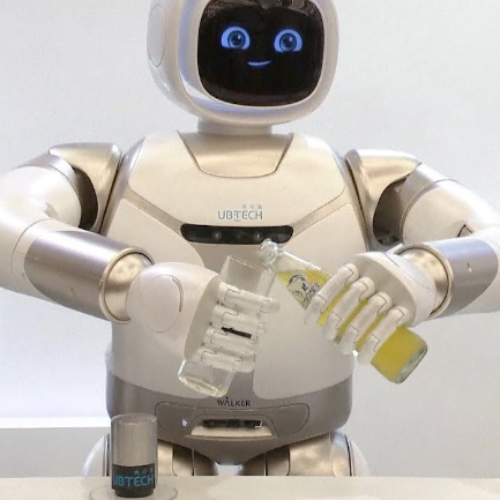Animal Like Automation From Festo
Globally, Festo has been around for 80 years. They are a privately owned company who strive to produce innovative products for the automation industry. With a presence in 176 countries, they say that intelligent automation is not just about movement, but movement with purpose. Towards this aim, they have produced several robotic animals, to show how traits from nature can be utilised.
As part of its Bionic Learning Network, these demonstrate just some of the potential for future automation in industry, medicine and anywhere else it is needed.
BionicANTs
Using the delicate features of the real thing, BionicANTs will work like them as well. They are able to communicate with each other and coordinate their actions and movements as a collective. The artificial ants show that autonomous individual components can solve complex tasks together. Factories of the future could well be founded on production systems with intelligent components that will adjust themselves to different production situations.
BionicKangaroo

BionicKangaroo
Real kangaroos efficiently recover energy from one jump to help it make the next jump. Without this ability they would get tired very quickly, but by using their tendons in this way they can bound at high speed for long periods. BionicKangaroo emulates this with an elastic spring that powers the legs on landing. Only weighing 7 kilograms and standing a meter high, it can jump 0.4 of a meter vertically and 0.8 meters horizontally. Control is gesture based though a specially designed armband. With BionicKangaroo, Festo are exploring ways of intelligently recovering energy in industrial automation, and combining electronics with pneumatics in new ways.
AquaPenguins
With their streamlined shape, the wing propulsion of the AquaPenguins enables them to move around in the tightest of spaces, backwards as well as forwards. They use 3D sonar, which is similar to dolphins. This lets them navigate through water independently, but also to be aware of their surroundings including other AquaPenguins. This prevents them from colliding with other objects and opens up new applications fields in handling technology.
SmartBird
With SmartBird, Festo has technically deciphered bird flight. Using the herring gull as its role model, it is able to fly, take off and land without an additional drive. Its wings not only beat up and down, but can also twist in specific ways, which helps to provide both lift and propulsion, emulating flight of a real bird. Moving the head and tail controls its directions. SmartBird has been hailed as one of the most advanced innovations of recent years.
BionicOpter
Inspired by dragonflies, BionicOpter can fly in all directions, hover in mid-air and glide without moving its wings, just like the real thing. Each of its four wings has a carbon fibre frame, which is covered by a polyester membrane. These can be twisted up to 90 degrees from the horizontal position. Although it is over 17 inches long, it is sturdy and lightweight. Its motion sequences are handled by the software and electronics, so all the operator has to be concerned with is the direction and steering. It is remotely controlled, which can be done using a smartphone.
You might also like
CB2
Researchers from Osaka University’s Graduate School of Engineering unveiled a robot that acts like a human infant, which they hope may one day help scientists better understand the child development
Sand Flea
Sand Flea is an 11 pound robot that drives like an RC car on flat terrain, but can jump 30 ft into the air to overcome obstacles. That is high
World Robot Conference Displays a Range of Impressive Robots
From August 20th to the 25th Beijing in China hosted this year’s World Robot Conference, typically a very large event expected to attract many visitors from all over the world,



